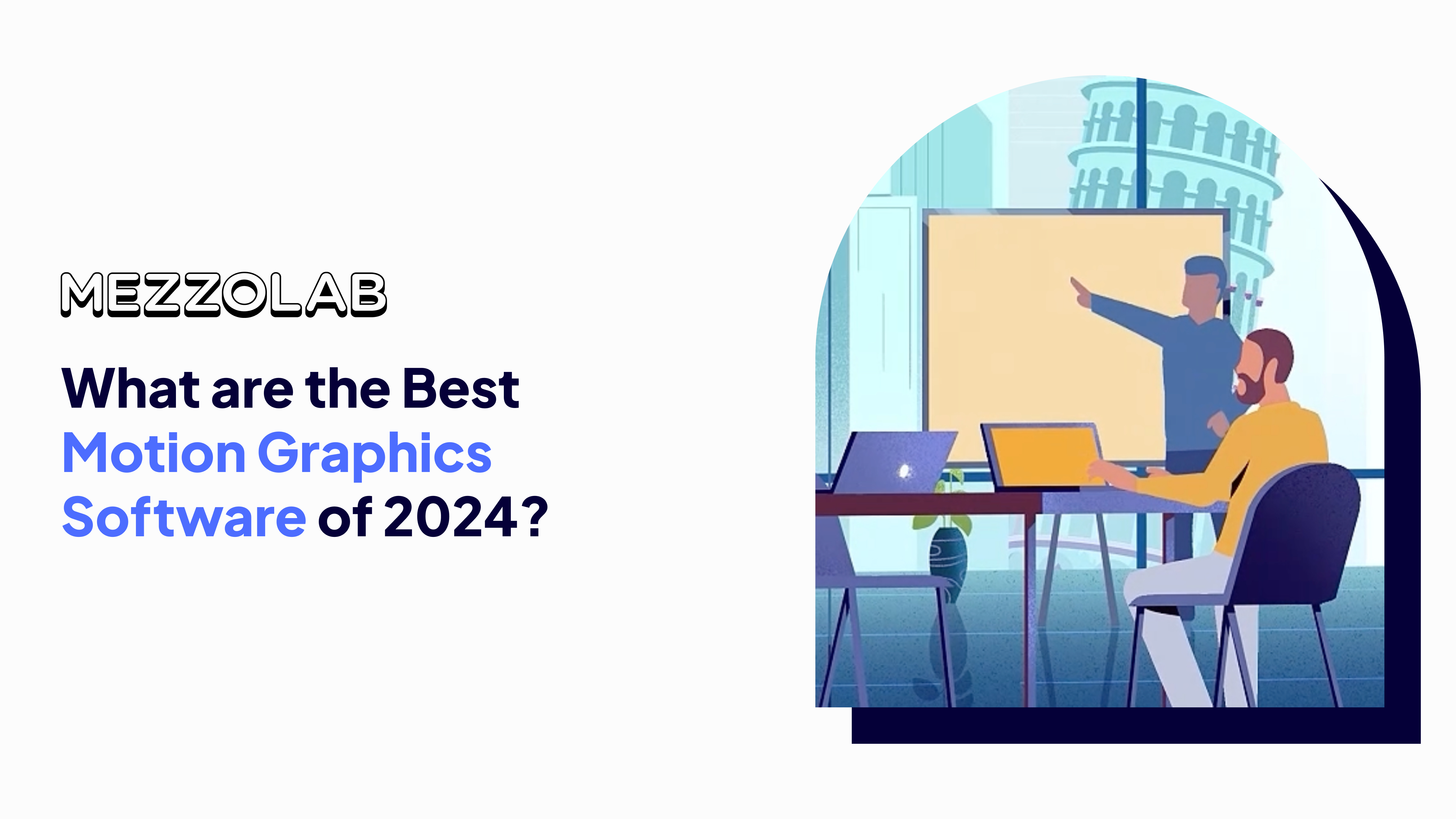In recent years, e-learning and online education have experienced tremendous growth, with more and more students turning to digital platforms for their educational needs. As a result, educators and content creators are constantly seeking new and innovative ways to engage their audiences and make learning more effective. One powerful tool that has emerged in this context is the use of animated videos.
Why Animated Videos Are Effective in E-Learning
Animated videos offer several unique benefits that make them particularly well-suited for e-learning and online education:
Visual Engagement: Animations can bring complex concepts to life, making them easier to understand and remember. By combining engaging visuals with clear explanations, animated videos can help learners grasp even the most challenging topics.
Emotional Connection: Well-crafted animated characters and storylines can create an emotional connection with learners, making the educational content more relatable and memorable.
Pacing Control: Unlike live-action videos, animated videos allow for complete control over pacing. This enables educators to break down complex ideas into manageable chunks, helping learners absorb information at their own speed.
Consistency: Animated videos ensure a consistent learning experience across different modules and courses, maintaining a cohesive brand identity and teaching style.
Types of Animated Videos Used in E-Learning
There are several types of animated videos commonly used in e-learning and online education, each with its own strengths and applications:
1. Explainer Videos
Explainer videos are short, engaging videos that break down complex concepts into simple, easy-to-understand terms. These videos often feature a combination of appealing visuals, concise scripts, and clear voiceovers to convey information effectively. Explainer videos are particularly useful for introducing new topics, providing overviews of courses, or demonstrating how to use educational tools and platforms.
2. Whiteboard Animation
Whiteboard animation videos simulate the experience of watching a teacher or presenter draw on a whiteboard, with illustrations and text appearing in sync with a voiceover. This style of animation is particularly effective for storytelling, as it can guide learners through a narrative while maintaining a sense of human connection. Whiteboard animations are often used for historical topics, case studies, and lessons that require a step-by-step approach.
3. Character-Driven Animation
Character-driven animations feature one or more animated characters that guide learners through the educational content. These characters can serve as relatable guides, helping to create an emotional connection with the audience and make the learning experience more engaging. Character-driven animations are particularly effective for language learning, soft skills training, and courses that require learners to empathize with different perspectives.
4. Motion Graphics
Motion graphics videos use dynamic text, charts, and other graphic elements to convey information in a visually engaging way. These videos are particularly useful for data-heavy subjects, such as statistics, finance, and scientific concepts. Motion graphics can help learners visualize complex data sets, understand trends and patterns, and grasp abstract concepts more easily.
Implementing Animated Videos in E-Learning
To effectively incorporate animated videos into e-learning and online education, consider the following best practices:
Define Your Learning Objectives: Clearly identify the key concepts and skills you want your learners to gain from each animated video, ensuring that the content aligns with your overall course goals.
Choose the Right Style: Select the type of animation that best suits your learning objectives, target audience, and subject matter. Consider factors such as the complexity of the topic, the age and background of your learners, and the desired emotional impact.
Keep It Concise: Aim for short, focused videos that deliver key information in an easily digestible format. Learners are more likely to engage with and retain content from shorter videos, typically ranging from 2-7 minutes in length.
Integrate with Other Learning Materials: Use animated videos as part of a larger e-learning ecosystem, integrating them with other materials such as quizzes, discussion prompts, and hands-on activities to reinforce learning and encourage deeper engagement.
Evaluate and Iterate: Regularly assess the effectiveness of your animated videos through learner feedback, engagement metrics, and learning outcomes. Use this data to refine and improve your videos over time, ensuring that they continue to meet the evolving needs of your learners.
Partnering with a Video Production Company
Creating high-quality animated videos for e-learning and online education requires a combination of pedagogical expertise, creative vision, and technical skill. Partnering with an experienced video production company like MezzoLab can help you bring your educational content to life, crafting engaging and effective animated videos tailored to your specific needs.
MezzoLab has a proven track record of creating compelling animated content for a wide range of industries and applications, including e-learning and online education. By leveraging their expertise in animation, storytelling, and instructional design, MezzoLab can help you create animated videos that engage, inform, and inspire your learners.
The Future of Animated Videos in E-Learning
As e-learning and online education continue to evolve, the role of animated videos is set to expand and transform in exciting new ways:
Personalization: With the help of AI and machine learning, animated videos can be tailored to individual learners' needs, preferences, and learning styles, creating a more personalized and effective educational experience.
Interactive Elements: The integration of interactive features, such as clickable hot spots, branching scenarios, and gamification elements, will make animated videos even more engaging and immersive for learners.
Virtual and Augmented Reality: As VR and AR technologies become more accessible, animated videos will increasingly incorporate immersive, interactive elements that allow learners to explore and experience educational content in new and exciting ways.
Conclusion
Animated videos have emerged as a powerful tool in the world of e-learning and online education, offering a visually engaging, emotionally resonant, and pedagogically effective way to convey complex information and skills. By partnering with experienced video production companies like MezzoLab, educators and content creators can harness the power of animation to create compelling learning experiences that inform, inspire, and engage their audiences.
As technology continues to advance and learner expectations evolve, the role of animated videos in e-learning and online education will only continue to grow and transform. By staying at the forefront of these developments and continually refining their approach, educators and content creators can unlock the full potential of animated videos to enhance learning outcomes and create truly transformative educational experiences.




